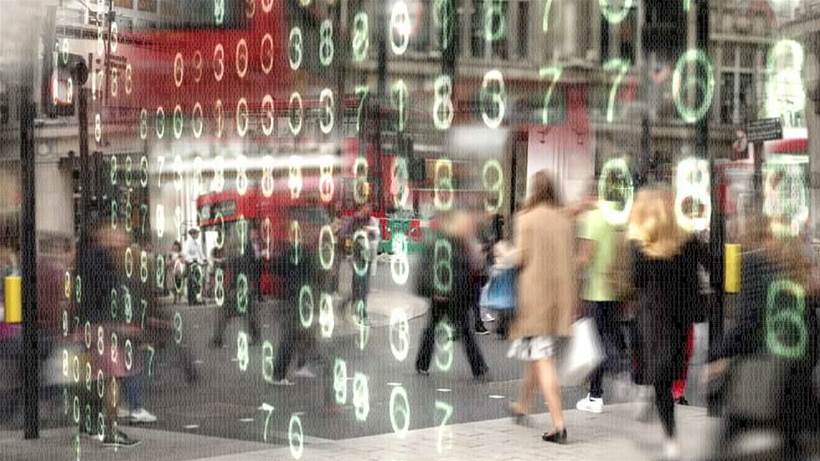The Internet of Things has the potential to be a game-changer in the retail industry if implemented with the customer in mind, according to a key executive at data analytics company SAS.
Dan Mitchell, SAS’s business director of retail and CPG industry practice, sees five key areas in which IoT can provide a competitive advantage, which involve tapping into the power of:
- The connected consumer
- The smart store
- Predictive equipment maintenance
- Smart transportation and logistics
- Demand-aware warehouses.
The convenience of online shopping has caused brick-and-mortar store owners to look at ways to emulate that instantaneous response expected by the modern customer. But creating systems that allow in-store customers to check pricing and stock levels from their mobile devices is only the first step, according to Mitchell.
“Imagine if we could make a customised best-price offer or provide location-based services right in the store,” he explained.
“What if we could target our high-value, loyal customers with concierge services?”
He said the days of mass mailouts to customers in the hope a percentage of them would follow up on the promotion are numbered, thanks to IoT.
“With IoT, we can now understand the context (the time and the place of the customer) to identify when we are certain the customer needs help or an incentive to purchase, and we can respond proactively,” he said.
Innovation will also extend beyond the boundaries of a single store and encompass the whole shopping centre, Mitchell said.
“In a smart store, mall traffic can be analysed across several retailers so we understand the entire shopping journey,” he said.
“We will be able to use video or Wi-Fi foot-traffic monitoring to see if customers dwell over a product area. Then, in real-time, direct an associate to help that customer or analyse that information later to adjust store layouts for more efficient customer visits.”
Mitchell added that store traffic and customer demand analysis can also lead to the implementation of rich digital marketing inside the store or direct to their mobile devices.
Benefits for back-end processes
The well-established IoT benefit of predictive equipment maintenance also holds true for the retail sector, Mitchell said.
“When [refrigeration units in grocery stores] are instrumented with sensors [for example], we can predict maintenance issues that might affect power consumption for savings or monitor temperature fluctuations to ensure food safety,” he said.
The use of IoT can also benefit the transport and logistics component of retail.
“IoT can come into play with the maintenance of transport, tracking and route optimisation,” he said.
Mitchell said IoT technologies can provide more granular information about stock locations compared to legacy GPS systems.
“With IoT, we are able to understand to a much higher degree of accuracy how close a pallet of merchandise is to a given store,” he said.
The next evolution from just-in-time fulfilment is that of demand-aware stock level maintenance, and the use of warehouse automation and robotics driven by omni-channel product demand is enabling this shift.
“IoT allows us to monitor sales opportunities in real-time and track missed in-store sales,” Mitchell explained.
He expects existing RFID technology to continue to be used for inventory management and accurate service-level optimisation. He also sees the layouts of warehouses themselves undergoing a demand-based shift, becoming less static in nature.
“Currently, a typical distribution centre or warehouse is organised by aisles and shelves based on a fixed schematic,” he said.
“The warehouse of the future will be open space where automated pallets self-organise based on real-time demand.”
Mitchell said the differentiation with IoT will come from a retailer’s ability to sense, understand and act on IoT data with analytics.
“To take advantage of this new promising area, retailers should focus on IoT applications that better serve customers and create value.”







